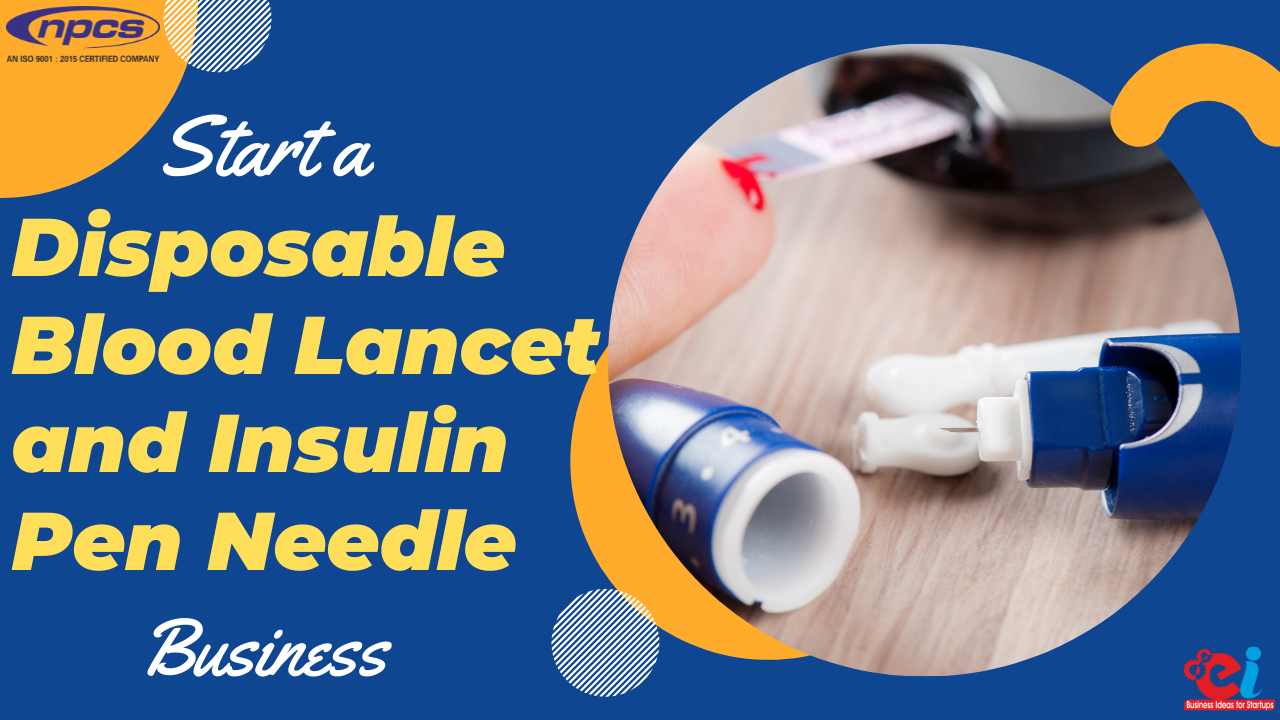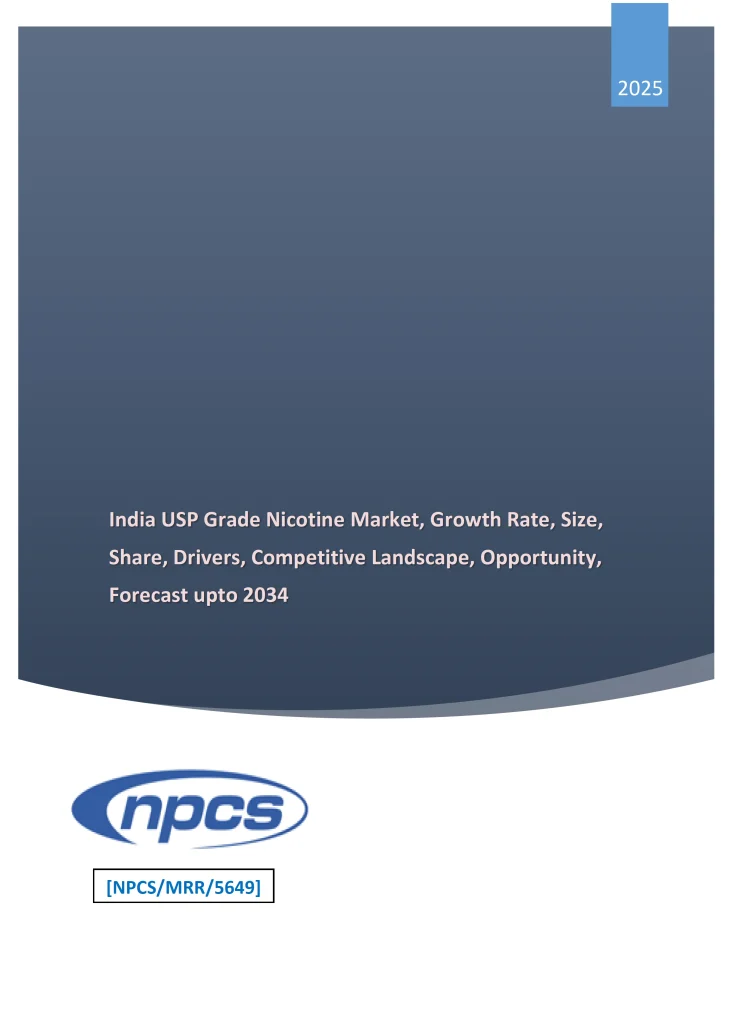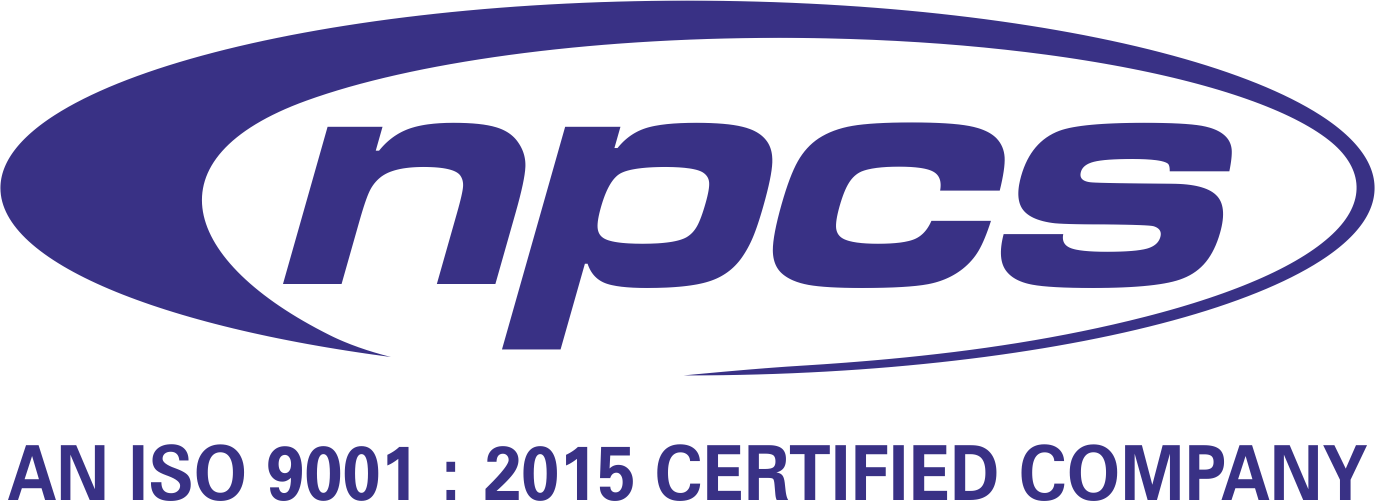The global healthcare industry is rapidly evolving, and with it, the demand for medical consumables like disposable blood lancets continues to rise. These small but vital devices are an integral component in managing chronic conditions such as diabetes and are used extensively in hospitals, clinics, and at-home healthcare settings. The rising trend of self-monitoring of health indicators has made disposable blood lancets indispensable in the modern world. In this detailed guide, we provide a complete overview to help entrepreneurs launch and scale a successful disposable blood lancet business from scratch.
Understanding Disposable Blood Lancets and Their Importance
A disposable blood lancet is a small, sharp device used to puncture the skin, usually a fingertip, to collect blood samples for testing purposes. The lancets are typically used in conjunction with glucometers, cholesterol testing kits, and other diagnostic devices. As these devices are designed for single-use, they eliminate the risks of infection or cross-contamination.
The simplicity, safety, and reliability of disposable blood lancets make them essential for:
- Diabetes patients who need daily or frequent blood sugar monitoring
- Healthcare professionals in hospitals and diagnostic centers
- Wellness programs offering home health diagnostics
- Emergency medical kits
Due to their massive utility, demand for disposable blood lancets is expected to skyrocket globally in the coming years.
Global Market Dynamics and Trends
The global market for disposable blood lancets is projected to grow at a robust pace due to several factors:
- The increasing prevalence of chronic diseases like diabetes and cardiovascular conditions
- Growing older people population requiring frequent health monitoring
- Government initiatives for affordable diagnostics
- Expansion of home-based healthcare services and self-monitoring tools
According to market research reports, the lancets segment, including disposable blood lancets, is expected to surpass USD 2.8 billion by 2030, reflecting a CAGR of over 9.1%. With the healthcare industry increasingly embracing preventive diagnostics, this business has immense growth potential.
Comprehensive Legal and Regulatory Compliance
Compliance with medical device regulations is crucial for the legitimacy and longevity of your disposable blood lancet business. Here are key certifications and licenses required:
- ISO 13485: Medical devices quality management system certification
- CE Marking: Required for selling within the European Union
- FDA 510(k) Clearance: For businesses aiming to enter the U.S. market
- Good Manufacturing Practices (GMP): Ensures product consistency and safety
- BIS Registration (India-specific): If operating in the Indian market
Meeting these certifications ensures product safety, facilitates trust among customers, and opens doors to international trade.
Step-by-Step Guide to Launching Your Blood Lancet Manufacturing Unit
Step 1: Market Research and Feasibility Study
Start by conducting comprehensive market research. Identify your target customers (hospitals, pharmacies, diagnostic labs, etc.), evaluate competitors, understand pricing structures, and determine the demand in your region or target market.
Step 2: Business Registration and Licensing
Register your business entity (LLP, Pvt. Ltd, or sole proprietorship), apply for GST registration, and obtain necessary licenses from the Drug Control Authority or equivalent medical device regulatory body.
Step 3: Infrastructure Setup
Your production unit must include:
- Cleanrooms (Class 10,000 or higher)
- Injection molding section
- Assembly section
- Sterilization unit
- Packaging area
- In-house testing lab
- Storage and dispatch section
You will need 2,000 to 5,000 sq. ft. space based on your production scale. Ensure proper HVAC systems to maintain hygiene standards.
Step 4: Machinery and Equipment
For a medium-scale manufacturing setup, you’ll require:
- Injection molding machines
- Automated needle assembly machines
- EtO or gamma sterilization chamber
- Blister packaging machines
- Ultrasonic welding machines
- Quality testing equipment (needle sharpness testers, force testers, etc.)
Investment in machinery typically ranges between $100,000 and $250,000.
Step 5: Raw Materials Sourcing
Essential raw materials include:
- Stainless steel needles (medical grade)
- High-quality ABS or polypropylene plastic granules
- Medical-grade adhesives
- Sterilization pouches and packaging films
Establish partnerships with reliable suppliers to ensure uninterrupted production.
Step 6: Manufacturing Process
The production cycle for disposable blood lancets includes:
- Plastic Body Molding: The casing is created using injection molding.
- Needle Fixation: The needle is fixed into the plastic casing using high-precision machines.
- Sterilization: Lancets are sterilized using EtO or gamma radiation.
- Inspection & Quality Control: Random sampling is done to test for needle sharpness, structural integrity, and sterility.
- Packaging & Labeling: Packed in blister packs or sealed pouches with proper labels indicating batch number, expiry, sterilization method, etc.
Manpower Requirements
To operate efficiently, your business will need a well-trained team comprising:
- Machine operators and technicians
- Quality control analysts
- Production managers
- R&D specialists
- Packaging staff
- Sales and logistics team
Staff training should include safety protocols, regulatory guidelines, and quality standards.
Strategic Marketing Plan
An aggressive and well-planned marketing strategy is key to your success. Here’s how to position your disposable blood lancet brand:
Online Strategies
- Launch a professionally designed website with eCommerce features
- Use SEO to rank for high-intent keywords such as “best disposable lancets,” “buy blood lancet online,” etc.
- Run paid Google Ads targeting healthcare professionals and consumers
- Leverage LinkedIn for B2B partnerships and bulk inquiries
Offline Strategies
- Collaborate with diagnostic labs and hospitals
- Offer product samples and volume-based discounts
- Participate in medical expos and B2B healthcare fairs
- Establish a robust distribution channel via pharma wholesalers
Pricing, Profitability, and ROI
The cost of manufacturing a disposable blood lancet ranges from ?2 to ?6 depending on features and volumes. Selling prices range from ?10 to ?25 in the Indian market and higher in international markets.
| Cost Component | Approximate Value (INR) |
|---|---|
| Raw Materials | ?2.00 – ?3.00 per unit |
| Labor & Utilities | ?0.50 – ?1.00 per unit |
| Packaging & Labeling | ?0.50 – ?1.00 per unit |
| Total Cost | ?3.00 – ?5.00 per unit |
With wholesale selling prices around ?10 – ?12 per unit, your gross margin can be 60–70%, making it a high-margin business.
Expansion Opportunities
Once your operations stabilize, consider expanding into:
- Advanced Safety Lancets: With retractable needles for enhanced safety
- Lancing Devices: Reusable finger-pricking tools
- Test Strips and Glucometers: Complementary products for bundle sales
- OEM Manufacturing: Manufacture under different brand names for retail chains
You can also look into exporting to developing nations in Africa, Southeast Asia, and Latin America, where demand is growing and competition is lower.
Challenges to Anticipate
Every business faces challenges. For the disposable blood lancet business, common issues include:
- Stringent compliance: Requires dedicated personnel to manage certifications and audits
- Rising raw material costs: Requires bulk purchasing and supplier diversification
- Product liability risks: Ensure you have proper indemnity insurance
- Market saturation: Counter with innovation and consistent quality
Sustainability and Eco-Friendly Manufacturing
Healthcare products contribute significantly to environmental waste. Opt for biodegradable packaging, promote proper disposal practices, and invest in eco-conscious production technologies. Sustainability practices not only align with modern values but can also become a strong selling point.
Conclusion
Launching a disposable blood lancet business offers a lucrative opportunity in the ever-growing medical consumables market. With the correct infrastructure, regulatory compliance, and a strong marketing strategy, it is possible to scale this business into a global healthcare brand. Your success will depend on consistency, product quality, and your ability to respond to evolving market needs.
Visit the page Select and Choose the Right Business Startup for You for sorting out the questions arising in your mind before starting any business and know which start-up you can plan.
We, at NPCS, endeavor to make business selection a simple and convenient step for any entrepreneur/startup. Our expert team, by capitalizing on its dexterity and decade’s long experience in the field, has created a list of profitable ventures for entrepreneurs who wish to diversify or venture. The list so mentioned is updated regularly to give you a regular dose of new emerging opportunities.






